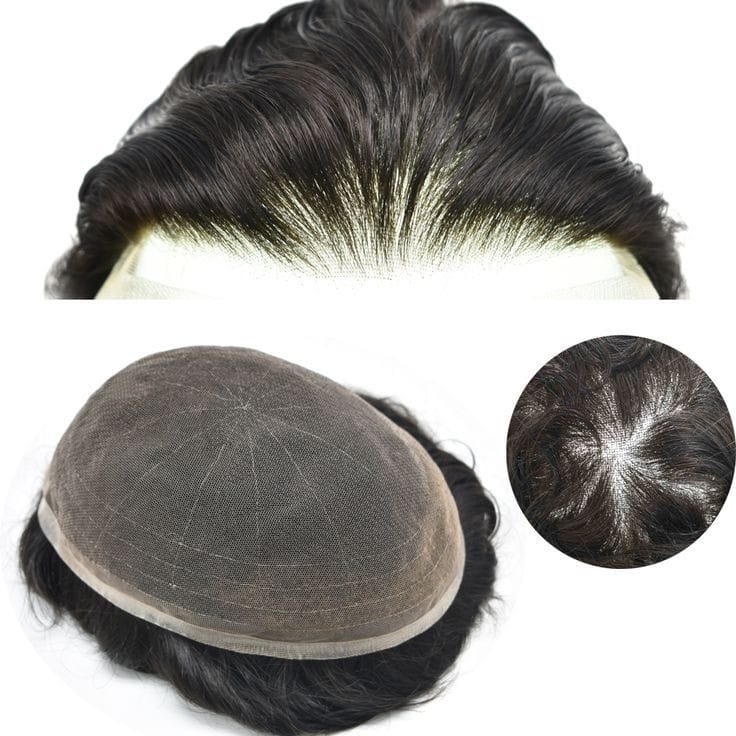Hair patches typically refer to areas of the scalp or body where hair is missing or sparse. There are various reasons why someone might experience hair patches, and the treatment options can vary depending on the underlying cause. Here are some common causes of hair patches and potential treatments:
- Alopecia Areata: This is an autoimmune condition that causes hair loss in small, round patches on the scalp or other areas of the body. Treatment options may include corticosteroid injections, topical corticosteroids, topical minoxidil, and in some cases, immunotherapy or systemic medications.
- Traction Alopecia: This type of hair loss occurs when there is repeated pulling or tension on the hair follicles, often due to tight hairstyles. The best treatment is to avoid the practices that are causing the hair loss and allow the hair follicles to recover.
- Male Pattern Baldness (Androgenetic Alopecia): Hair loss in a specific pattern, typically at the temples and crown of the head, is common in men and can lead to patches of thinning hair. Treatment options include medications like finasteride and minoxidil, hair transplant surgery, or low-level laser therapy.
- Female Pattern Baldness: Similar to male pattern baldness but with a different pattern of hair loss in women. Treatment options are similar to those for men and may also include hormonal therapies in some cases.
- Scalp Infections: Fungal or bacterial infections of the scalp can lead to hair loss in specific areas. Treatment typically involves addressing the underlying infection with appropriate antifungal or antibiotic medications.
- Trichotillomania: This is a compulsive hair-pulling disorder that can result in patches of hair loss. Treatment often involves cognitive-behavioral therapy (CBT) and other behavioral interventions to stop the hair-pulling behavior.
- Nutritional Deficiencies: A lack of essential nutrients like iron, zinc, or biotin can contribute to hair loss. Correcting the deficiency through dietary changes or supplements can help regrow hair.
- Chemotherapy or Radiation Therapy: Cancer treatments can cause temporary hair loss, including patches of hair loss. Once treatment is completed, hair often begins to regrow.
- Stress: Extreme stress or trauma can lead to a condition known as telogen effluvium, which can result in diffuse hair loss, including patches. Managing stress and addressing its underlying causes can help with hair regrowth.
- Medication Side Effects: Some medications can cause hair loss as a side effect. In such cases, your healthcare provider may adjust your medication or prescribe treatments to help mitigate the hair loss.
It's important to note that the best course of action for addressing hair patches depends on the specific cause of the hair loss. If you are experiencing hair loss or have concerns about hair patches, it is advisable to consult with a healthcare provider or dermatologist who can diagnose the underlying issue and recommend appropriate treatment options.


